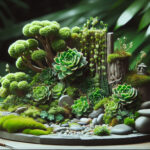Introduction to Crassula Care
Wander into the world of succulents, and you’ll find the crassula plant reigning with robust elegance. A popular choice for both novice and expert gardeners, these sturdy yet stylish succulents are often coveted for their easy-care nature. But what happens when your dependable green companion starts to show signs of distress? Understanding the basics of crassula care is crucial to reversing the worrying wilt and bringing your leafy friend back from the brink.
Picture this: your crassula, once a beacon of verdant vigor, now echoes a tale of neglect, its leaves losing the lustre they once proudly paraded. It’s not just a plant; it’s a living sculpture in your home, and it’s pleading for your attention. To prevent your green sovereign from withering away, a meticulously crafted care plan is the lifeline it’s silently screaming for.
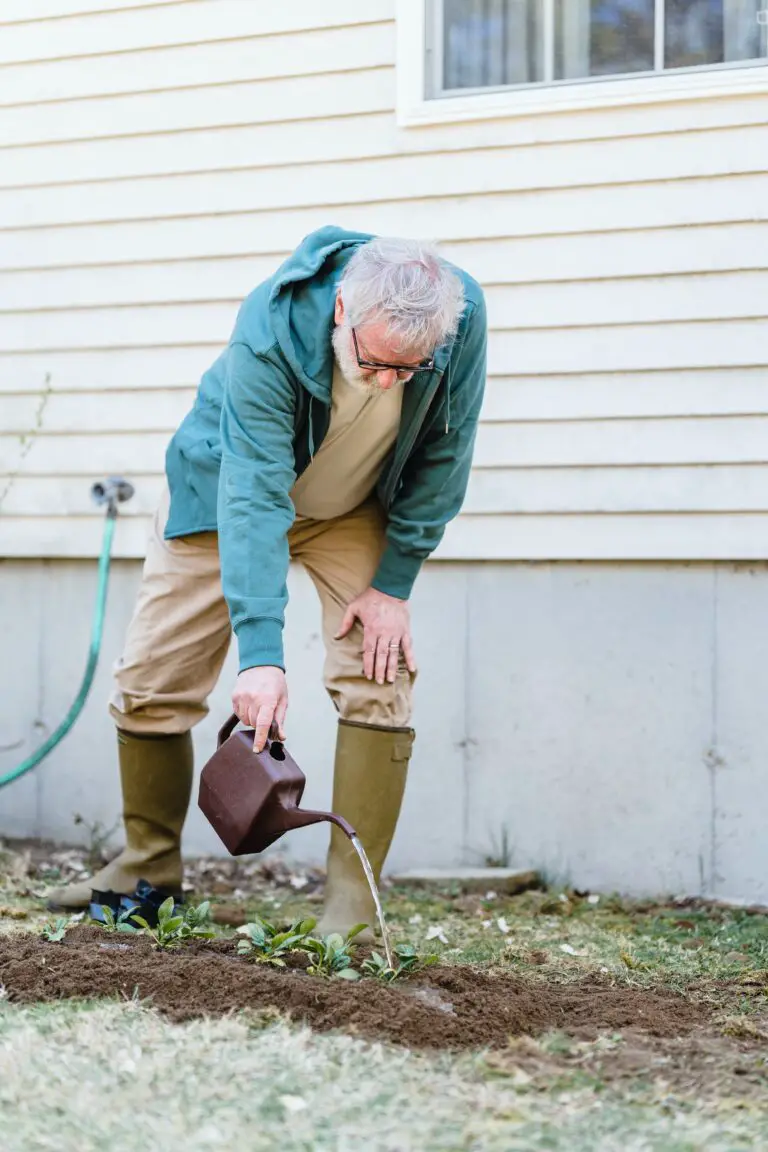
So, what’s the secret sauce to crassula prosperity? Considering their drought-tolerant pedigree, would you believe overwatering is often the criminal behind their demise? Or that too many rays of sunshine can sometimes be more of a curse than a blessing? Yes, there are common culprits to look out for, but don’t fret! With a splash of vigilance and a dash of insight, you can pinpoint these issues and course-correct swiftly.
Ready to delve deeper into the realm of resilient yet sometimes temperamental succulents? Discover more about their fascinating world in our guide on succulent care and hydration hacks, and join a community that thrives on flora knowledge. Your journey to crassula mastery begins with understanding, and we’re here to light that path.
Signs and Symptoms of a Dying Crassula
Just like a cry for help etched in the sand, a crassula plant exhibits unmistakable signs when it’s in distress. Have you noticed your green companion starting to droop? Perhaps it has taken on a lackluster hue, far from the vibrancy it once boasted. These are no mere aesthetic quirks; they are cries for attention, signaling that all is not well in your succulent’s world.
Imagine walking into a room where your crassula once stood tall, only to find it with leaves hanging as if in defeat. The once plump and perky foliage might now appear deflated, sagging towards the earth. Drooping leaves are often the first red flag waved by a crassula in decline. They speak of a plant that can no longer hold itself up, whether due to overwatering, underwatering, or perhaps a root system bullied by rot.
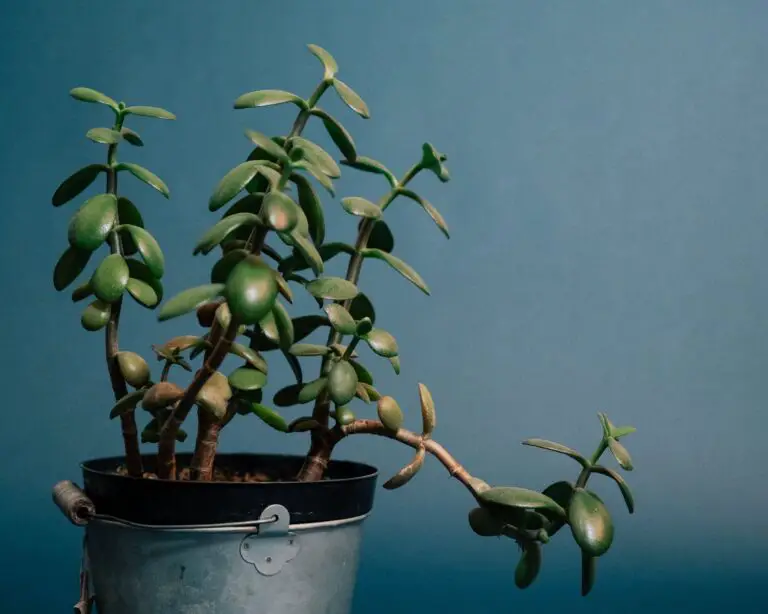
No less troubling is the visual tale told by the colors transforming on your succulent’s palette. Discoloration can manifest in various forms—yellowing leaves might indicate excessive moisture or poor soil drainage, while a grey or black hue could hint at root rot stealthily spreading within. As if overtaken by a shadow, parts of your plant may darken, forecasting a grim fate unless swift action is taken.
Additionally, when growth seems to have stalled and the zest for life is lacking, your crassula is not merely throwing a tantrum—it’s displaying stunted growth. This might be the result of poor lighting, an overlooked pest, or malnutrition. If it feels like time has stood still and your plant isn’t reaching for the sun like its neighboring flora, it’s likely airing a grievance through its halted development.
Witnessing these signs can be disheartening for any plant parent, but fear not—the crassula is a resilient breed, capable of springing back with vigor when given the right care. For those seeking guidance on nurturing these succulents back to health, here’s a valuable resource to start the journey of recovery. Remember, understanding the language of your crassula’s leaves is the first step in changing its story from one of distress to one of recovery and growth.
Watering Woes: Overwatering and Underwatering
It’s a delicate dance, the one between your watering can and your crassula plant. Too much or too little can lead to a botanical ballet of decay. Let’s strike the balance and save your succulent from drying out or drowning.
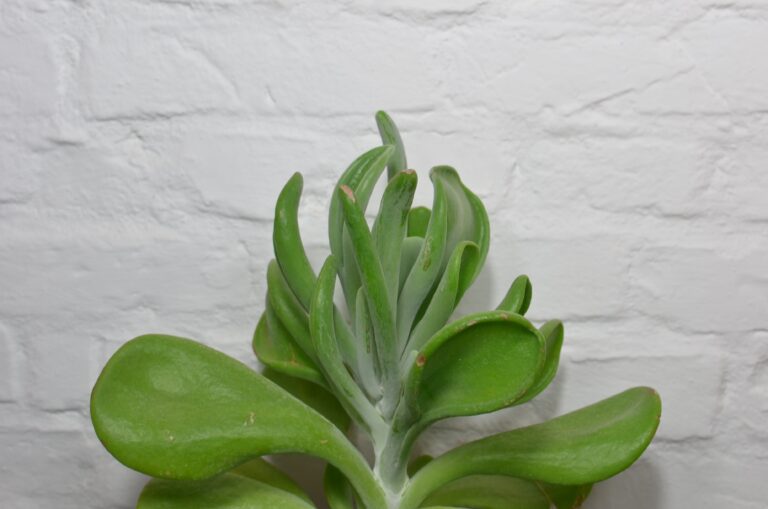
Imagine this: you drench your crassula until water spills out the bottom of the pot like a miniature waterfall. Sure, it’s as hydrated as a sponge in the ocean, but that’s just where the trouble starts. Overwatering turns roots into mushy inhabitants of a soggy underworld. They gasp for air, they struggle for life, and if you’re not careful, they give up, leaving your plant a withered shadow of its plump, jade glory.
Finding the Sweet Spot
Now, let’s flip the watering can. Underwatering is like sending your plant on a desert trek with no oasis in sight. The leaves, once plump with stored hydration, shrivel into crispy echoes of neglect. Dust gathers where beads of water should glisten. It’s a sad sight – a crassula begging for a drink.
The secret sauce? It’s a mix of keen observation and understanding your plant’s language. When the leaves start to pucker, they’re whispering, “Water, please.” The top inch of soil shouldn’t be as dry as a bone in the desert’s heart. Likewise, if it’s soggier than a marshland, hold off on the H2O.
For those green thumbs yearning to transform their watering woes into a success story, dive into our complete guide for flourishing crassula care. Learn the delicate art of quenching your jade’s thirst just right – it’s the passport for a thriving crassula voyage.
Newbies and sage gardeners alike, remember: your crassula doesn’t crave a flood or famine. It seeks the golden mean of moderation. Adjust your watering rhythm to the beat of the seasons and your home’s climate. You’ll soon master the tango of moisture that keeps your crassula sturdy and spirited, with leaves that beam health and vitality.
Sunlight and Shade: Finding the Sweet Spot
Picture this: a crassula plant basking in the golden rays of the morning sun—much like that one friend of yours who’s determined to catch every sunrise, proudly documenting each moment on social media. Just as your friend knows not to overdo the sunbathing, crassula plants also require the right balance of sunshine and shade to flourish. Too much sun, and they’re at risk of a sunburn; too little, and they suffer from a lack of vital energy. It’s all about hitting that sweet spot.
If you ever noticed a crassula turning from its usual vibrant green to a sun-stressed shade of red, you’ve seen firsthand the effects of excessive sunlight. On the other hand, have you seen a crassula in a dimly lit room stretch out spindly and desperate, like it’s reaching out for the last cookie on a high shelf? That’s etiolation, my friend—a clear sign of insufficient sunlight. To be a bit more technical, it’s a plant’s way of saying, “Hey, I could use a bit more light over here!”
For those in the know, providing nuanced care for these succulents is key to seeing them thrive—a dance between light and shadow that if mastered, rewards you with a hearty, happy plant. It’s a principle that seasoned gardeners weave into their daily routine, ensuring that their crassula get that perfect mix of rays and respite.
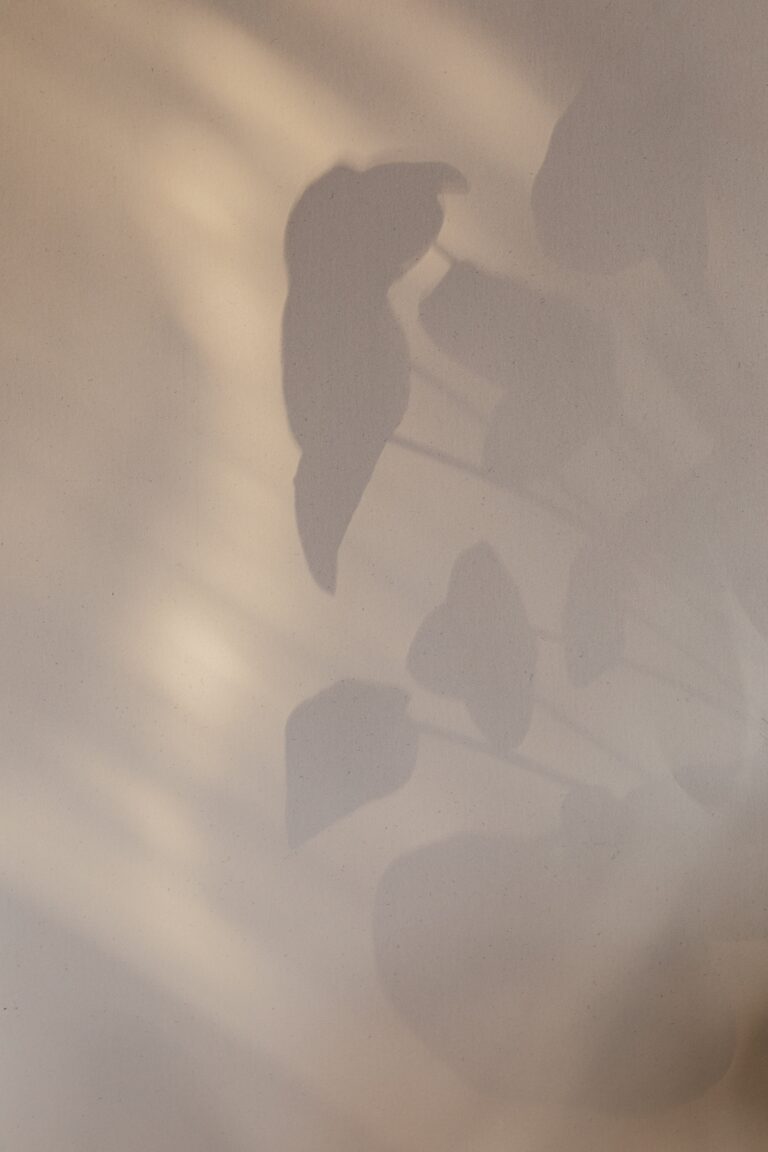
Think of crassula as sun-lovers with a sensible streak. They relish about four to six hours of sunlight, but much like a beach-goer who knows to take cover under an umbrella, these plants thrive when shielded during the hottest part of the day. An east or west-facing window is their preferred hangout spot, so consider reshuffling your indoor garden to mimic this delicate balance of light that these plants would enjoy in their natural habitat. It makes for a gesture that speaks louder than words—well, if plants could talk, that is.
So, keep an eye on your crassula—adjust its placement as the seasons change, monitor its color, and watch for any elongated growth. Just like that perfect café au lait that requires the right blend of coffee and milk, your crassula needs a blend of sun and shade to show its true potential. Now that’s something you can share with your sunrise-chasing buddy—plant care tips that harness the power of the sun, no filter necessary.
Soil and Drainage Essentials for Healthy Crassulas
Ever wondered why your crassula plant resembles a dehydrated cactus more than a lush, jade-green beauty? Let’s dig into the dirt on this one! The secret to a thriving crassula lies beneath the surface—in the critical world of soil and drainage.
First off, crassulas are the camels of the plant kingdom; they store water in their leaves, making them tough, drought-resistant champions. But just like a camel can’t live on waterlogged terrain, your crassula can’t handle soggy soil. These plants hail from arid regions, so a well-draining soil mix is like a first-class ticket to Green-ville for them. Picture mixing some chunky perlite or coarse sand into the soil—it’s like adding mini drainage pipes that prevent water from throwing a pool party around your plant’s roots.
The ideal soil for a crassula isn’t just about drainage either; it’s about mimicking their natural habitat. Think of a gritty, desert-like mix that would make a cactus jealous. This isn’t just for drainage; it also prevents soil compaction, which can strangle roots faster than a boa constrictor! Without proper aeration, those roots might as well be trying to breathe with a pillow over their faces—not a pleasant thought, right?
Now, let’s chat about pH levels. Crassulas prefer a slightly acidic to neutral playground, around the 6.0 to 6.5 range. If the soil’s pH swings more than a playground pendulum, your plant can end up malnourished, even if you’re feeding it like a gourmet chef.
If you’ve been nodding along but thinking, “Show me, don’t tell me,” well, hold on to your garden gloves! This video right here has got the lowdown on everything soil and drainage-related for your crassula plant. It’s like getting the scoop straight from a plant guru.
Remember, though, crassulas aren’t looking for a moisturizing spa day—too much water is their kryptonite. Keep your watering can in check, and let the soil dry out between waterings. It’s all about tough love; pamper these succulents with too much H2O, and they’ll start dropping leaves as if they’re hot potatoes.
So, think of crafting the perfect soil and drainage situation for your crassula as setting the stage for an illustrious plant performance. With the right conditions, it’ll stand proud and perky, maybe even with a flower or two as a standing ovation. Keep in mind, a healthy crassula plant is not just about what’s on top but what’s below as well. It’s a root-to-leaf success story just waiting to unfurl!
Pests and Pathogens: Common Invaders to Watch For
If you’ve ever found yourself fretting over a crassula plant that seems to be on its last legs, rest easy—many a plant parent has been there. But let’s unravel the mystery of your plant’s despair. You might be dealing with uninvited guests or unseen culprits: pests and pathogens. These troublemakers can conspire against your crassula, leaving it looking less than lush.
Meet the usual suspects. Aphids, those sap-sucking minuscule menaces, can launch a covert operation on your crassula, sapping it of its vital fluids. Meanwhile, mealybugs, with their cotton-like camouflage, can nestle into the nooks, causing chaos and stunting growth. And let’s not forget spider mites, stealthy as ninjas, leaving behind a telltale web of woes on your plant pal.
Then there are the pathogens—mysterious microbes that bring blights, rots, and scabs. The all-too-common root rot wields its decay in the shadows below the soil line, a result of overzealous watering. Fungal foes like powdery mildew can also drop in unannounced, coating the crassula’s leaves with a dusty, white shroud.
But fear not! These invaders can be thwarted with a bit of plant Dermatology 101 and your trusty gardener’s acumen. Early detection is your ally. Keenly inspecting your crassula for any sign of pest partying or disease dalliances is crucial. Ensure your plant’s living quarters have proper airflow and aren’t a hotbed of humidity—conditions that can invite unwanted guests.
Mark my words, the road to recovery starts with resistance! If you catch the critters early on, a simple soap and water spray can send them packing. For those fungal fiends, a dash of fungicide can be just the remedy your crassula requires. It’s all about being proactive and persistent.
For visual learners craving a closer look at these criminal critters and how to tackle them before they wreak havok on your homegrown haven, feast your eyes on this hands-on guide:
${videoEmbed}
Now that you’re armed with knowledge and ready to defend your verdant friend, pay heed to the signs, and swing into action at the first whiff of trouble. With consistent care, your crassula can thrive once more, standing tall and triumphant against the pesky intruders.
Pests and Pathogens: Common Invaders to Watch For
Ever glanced at your crassula and noticed it’s not the perky plant it used to be? It might be under siege by miniature marauders you can’t see with the naked eye! Imagine you’re a detective, and your crassula is the case at hand. The clues? Yellowing leaves, stunted growth, maybe even a strange stickiness on the foliage—sure signs that pests and pathogens are at play.
First up, let’s talk about aphids, those teeny green or black critters that are like vampires for plants. They suck the sap right out of your crassula’s leaves, leaving it drained and dreary. Next, consider spider mites—tiny terrorists that spin webs finer than your granny’s lace and can turn your green beauty into a mottled mess.
But it’s not just insects you need to watch out for. Fungi and bacteria could be lurking, too—silent assassins causing rot and mold. High humidity or soggy soil? That’s like rolling out the red carpet for these unwanted pathogens. One common perpetrator is root rot, a dastardly disease that chokes the life from your crassula’s roots, out of sight and out of mind, until it’s perilously late.
The best defense is a good offense, right? Keep those peepers peeled for early signs of an infestation. A sticky residue or tiny white specks could be the red flags you’re looking for. Once you know the enemy, strike back with eco-friendly insecticidal soaps or neem oil, nature’s own pest repellent.
And as for those fungal foes, ensure you’re not over-watering and that your plant has the breezy, sunny spot it deserves. Treat any infections with a good fungicide, and remember—prevention is better than cure. A little vigilance goes a long way in keeping your crassula hale and hearty.
Need to see these little beasties to believe they’re there? I’ve got you covered. Hit play on this video for the ultimate showdown: crassula versus critters!
Equipped with this know-how, you’re ready to intercept those pests and pathogens at the pass. Keep up the good work, and you’ll see your crassula plant bounce back from adversity with all the resilience of a mini green phoenix rising from the ashes!
Nutritional Needs: Fertilizing Your Crassula
Think of your crassula plant as a little green gourmet, with a discerning taste for just the right mix of nutrients. Akin to a chef carefully balancing the flavors in a signature dish, you too must strike the perfect balance with fertilizers to keep your crassula vibrant and thriving. Apply the wrong mix, and you’re heading towards a recipe for disaster.
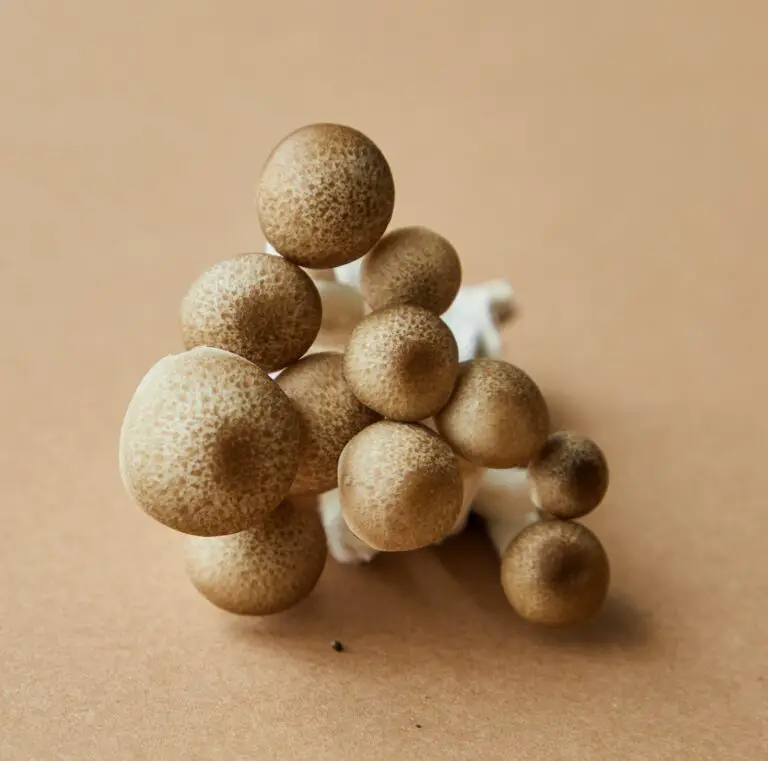
Believe it or not, your crassula doesn’t demand an extravagant meal. Similar to how we might feel sluggish after overindulging during the holidays, an over-fertilized crassula can suffer from nutrient burn. Burnt leaves and a lackluster appearance can signal you’ve gone too far. On the flip side, imagine running a marathon without carbo-loading — a crassula starved of nutrients won’t have the energy to display its lush, green splendor.
So, what’s the Goldilocks zone for fertilizing your green companion? Spring and summer are your crassula’s ‘eat, grow, and be merry’ phases, so introduce a half-strength, balanced fertilizer once every month — think of it as a monthly brunch date with your plant. Come fall, taper off to a light snack, and during the winter hibernation, let the feast rest entirely, allowing your plant to catch its breath.
Remember, each crassula is as unique as a snowflake and may require slight menu adjustments. One might revel in a nitrogen-rich entreé to boost leaf development, while another prefers a potassium-heavy diet to enhance flower production. Stick to a slow-release, liquid fertilizer to avoid shock, and always consider the local ‘soil terroir’ to compliment your feeding routine.
By attentively catering to your crassula’s nutritional needs, you’ll not only prevent the dire ‘why is my crassula plant dying’ scenario but co-create a living masterpiece of verdant leaves and robust health. Watch how the right nutritional balance transforms your crassula from a withering wallflower to the belle of the ball!
Reviving Your Crassula: Steps to Recovery
Seeing your beloved crassula plant droop and wither can be disheartening. But don’t give up just yet—there’s still hope to breathe life back into your green companion! Let’s get those hands dirty and dive into some tried-and-true methods that can help your crassula reclaim its vigor.
Diagnose the Discomfort: Troubleshooting Tips
First things first, you need to play plant detective. Why is the crassula plant dying? Overwatering is often the culprit, causing root rot that would make any plant owner wince. But before you start panicking, check the soil moisture. If it’s soggy, you might need to hold off on the watering can. Alternatively, if the soil feels as dry as a desert, your crassula is probably parched and pleading for a drink.
The Light at the End of the Tunnel: Optimal Sunlight Conditions
Crassula plants love the spotlight, but too much direct sunlight can turn them into crispy critters. Make sure your plant is getting the right amount of rays—think bright, indirect light, like the dappled sun underneath a tree. Moving your crassula to a sunbathed spot near a window might just be the golden ticket.
Feeding Frenzy: Nutrition for a Nourished Crassula
Just like us after a workout, your crassula craves nutrients to strengthen up. A balanced fertilizer can be a game-changer, but remember, moderation is key. You wouldn’t gulp down a whole pizza on your own, would you? (Okay, maybe that’s a bad example.) Just remember, a little bit goes a long way when it comes to feeding your plant.
The Ultimate Comeback: Repotting Roots
Sometimes, all a plant needs is a fresh start. If your crassula’s roots are coiled tighter than a retro telephone cord, it might be time for a new home. Choose a pot that’s slightly larger than the current one and has good drainage. A fresh blend of potting soil will feel like a spa day for those tired roots.
And now, let’s take a moment to watch a fellow green-thumbed enthusiast walk us through the steps of reviving a struggling crassula. You’ll see first-hand the transformation from weary to flourishing—grab your notepad!
Pest Patrol: Evict Unwanted Guests
Last but not least, be sure to check for freeloaders. Pests like mealybugs or spider mites could be feasting on your crassula’s sap. Keep an eye out for any unwelcome critters and gently evict them with a natural insecticide or a neem oil solution. Peace out, pests!
Remember, reviving a crassula doesn’t happen overnight. With patience, care, and a little bit of plant TLC, your crassula will be on its way to recovery. Let the rejuvenation begin!
Preventative Measures to Keep Your Crassula Thriving
So, you’re on a quest to avoid the heartache of a wilting Crassula? Roll up your sleeves, my green-thumbed friend, because prevention is the secret sauce to a vibrant, perky plant. Think of it as the superhero cape your Crassula wears to fend off distress signals. Let’s dive into the green world of proactive plant care!
Picture this: It’s a serene Sunday morning, and you notice that your Crassula is looking as jubilant as ever, basking in just the right spot of sunshine. How did it get there? Well, regular maintenance is key. This isn’t just about watering and feeding; it’s about being a detective in the plant world. You want to regularly inspect your Crassula for any signs that it’s starting to feel under the weather—yellowing leaves, dry soil, or a dreaded pest making a surprise appearance.
Create a routine, much like you would with your own health check-ups. Every couple of weeks, give your Crassula a once-over. Check the soil—moisture is a delicate dance, and you want to master the steps. Too much and you’re in soggy territory, a breeding ground for root rot. Too little, and your Crassula’s roots will throw up the white flag. Get those fingers dirty and feel the soil, or better yet, use a moisture meter. It’s like a plant’s personal fitness tracker!
Sunlight is your Crassula’s morning coffee—it kickstarts its day. But just like you wouldn’t gulp down a boiling hot latte, your plant doesn’t appreciate too much of a good thing. Find that Goldilocks zone of light, where it’s not too harsh and not too dim. And remember, as the seasons change, so does the light. Keep an eye on how it shifts in your space and adjust your Crassula’s spot accordingly—like redecorating, but with wellness in mind.
Now, let’s talk nutrition. If you’ve ever gotten hangry, you know your Crassula can relate. Feed it the right fertilizers, but don’t tip the buffet table. Overfeeding can lead to nutrient burn, and nobody wants that. Find a balanced, slow-release fertilizer and, like a Crassula culinary chef, serve up a measured meal.
And here’s the real secret: Listen to what your Crassula tells you. Those little signs of wilt or discoloration? They’re whispers for help, and catching them early can save you from a botanical SOS. Your Crassula doesn’t need a therapist; it needs your attentive care. So let’s lift those leaves, ensure that drainage is doing its job, and celebrate every little new shoot and happy root.
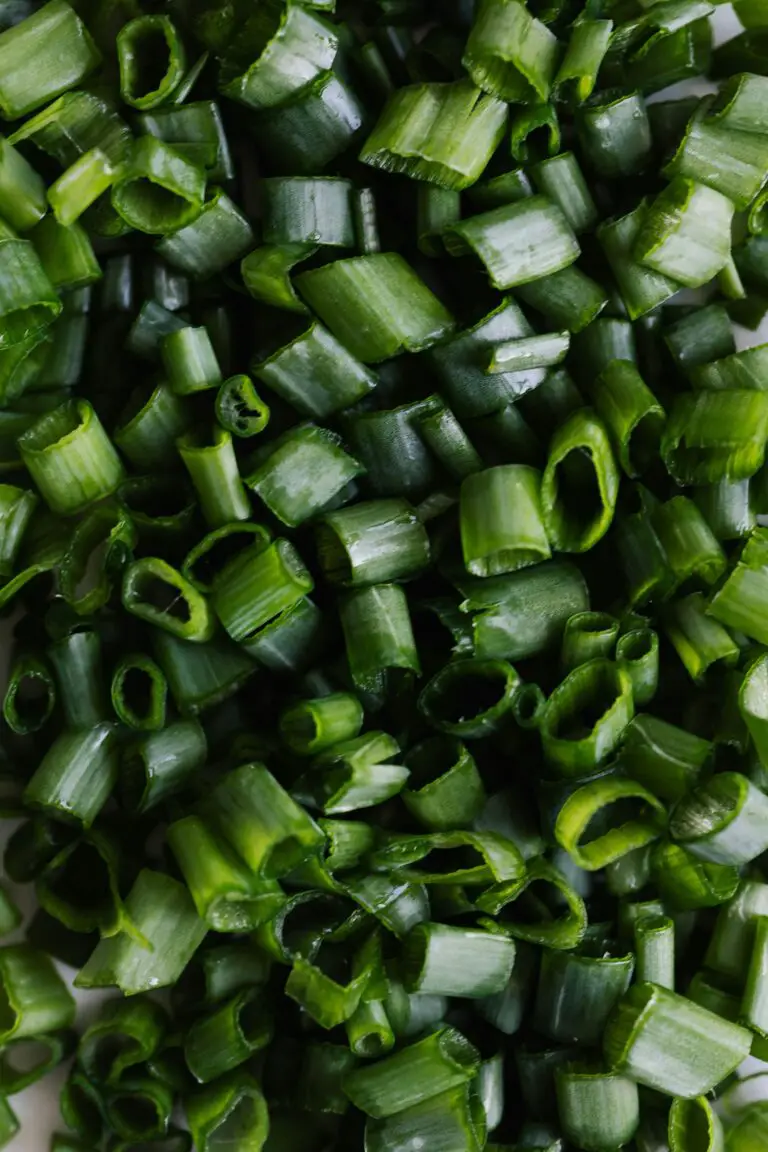
Think of your Crassula like a teammate. Encourage it with the right environment, cheer it on with the best care, and it’ll grow with gusto. It’s a partnership, where the win is a lush, thriving plant that becomes the envy of Crassula caretakers everywhere. Now, go on—be the green guardian your Crassula deserves, and watch it return the love tenfold.
Frequently Asked Questions
Are you scratching your head, wondering, “Why is my crassula plant dying?” You’re not alone in this! Let’s dive into some of the most pressing FAQs that crassula enthusiasts have, and find out what’s wilting your green buddy.
Why are the leaves of my crassula plant turning yellow and falling off?
Picturesque crassula plants should be lush and vibrant, but when they start losing their color, it could be a sign of overwatering. Imagine your crassula’s roots are like little feet—if they’re always standing in water, they’re bound to get prune-y and unhappy. Aim for a watering schedule that mimics a desert downpour: infrequent but thorough!
What type of lighting is best for my crassula plant?
Think about the natural habitat of your crassula, a place where the sun is like a generous host at an all-day garden party. Your plant is a sun-worshipper, craving those golden rays. So plonk it in a sunny spot where it can bask for at least four to six hours daily. North-facing windowsills? A definite no-go zone for these solar-powered beauties.
Could pests be the reason for my crassula plant’s mishaps?
Even the tiniest critters can throw the biggest parties on your crassula, and trust me, they do nothing for your plant’s health. Mealybugs and spider mites are notorious freeloaders that enjoy the sap buffet, causing your plant to look as if it’s been through a plant zombie apocalypse. Regular checkups and clean-ups are the equivalent of hiring a top-notch security team for your green amigo.
Is my crassula plant dying because of poor soil conditions?
A crassula plant trying to thrive in soggy soil is like trying to run a marathon with shoes made of lead. It just won’t fly—or in this case, grow! For your succulent superstar, you want soil that drains faster than a sink with no plug. A gritty, well-aerated mix will do the trick, keeping those roots dry and cozy.
How can temperature fluctuations affect my crassula plant?
Your crassula doesn’t need a tropical vacation, but it does have a preference for stability. Rapid temperature swings can make it more dramatic than a reality TV star. Keeping it in a comfortable range of 60-75°F (15-24°C) will ensure it doesn’t throw a temper tantrum and shed its leaves in disdain.
For a visual guide on rescuing your crassula from the brink of despair, have a look at this enlightening video that delves into the dos and don’ts of succulent care:

